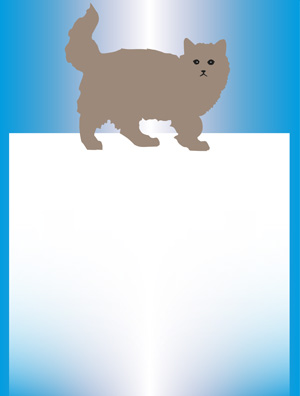Training Your Dog – A Simple Way To Establish A Proper Relationship
October 11th, 2015 by admin
To have a happy life with your dog, you need to make sure that it is properly trained. A dog who is well-trained will know how to behave. Once trained, you will no longer need to worry when he is left alone, when you have visitors, or when he is out in public. Although it may not be easy, the time you devote to teaching your dog manners, tricks, and the proper way to do things will be well spent.
If you are keeping your dog in a crate, it’s important that you utilize tips for helping them realize this is their home. You should place the food bowl inside the crate and leave the door of the crate open while they eat their food. This will help the dog make a positive association between the food and the crate.
Teething is painful, and providing chew toys helps alleviate the pain. Keep items that are potentially more painful out of reach. The right chew toys should be given to the pup immediately. If the puppy is suffering any pain from teething, freeze a wet washcloth for him or her to chew on.
A number of repetitions will be necessary before your dog will be able to master a new command. It isn’t unusual to have to repeat a trick dozens of times before the dog understands. Try using the command more often and be very patient if you want your dog to learn.
Be careful not to reinforce negative behaviors. This means that you should never reward your dog, with treats or attention, for doing something you’re trying to train it out of. For instance, avoid rubbing the dog’s head every time they jump up when you get home.
Have verbal cues so that your pet will know exactly when they complete a command correctly. For example, using the word “yes” can let your dog know they can retrieve their reward.
Sessions Short
Keep training sessions short. Dogs can’t pay attention for a long time, so keep sessions short and dynamic. When you want to train more, give the dog a break and come back later.
Consistency is the key to training. If more than one family member is training your pet, make sure they all you the same commands, rewards and discipline. Your dog will be more willing to be trained if he knows what to expect.
Alter your tone when speaking to your dog during your training. Use a clearly defined tone for different commands, encouragement or directives. This makes it easier for the dog to link your expectations with different behaviors. Be firm at all times, but vary your tone depending on what you are trying to get the dog to do.
Be aware of the other dogs when taking yours for a walk. There are aggressive dogs, and not every owner is at fault. If you see a dog acting aggressively or fearfully, avoid that dog.
Never reward bad behavior with the intent of quickly ending a certain behavior. This will only teach the dog that it can do what it wants and has power over you. For instance, giving a dog a treat each time it barks.
Is your dog getting proper nutrition? Like kids, dogs can become inattentive, hyperactive, and bratty when they have an unhealthy diet. If you switch brands of dog food to reflect the unique needs of his breed, your pet will become happier and more energetic–the perfect companion. Also, speak with your vet to make sure that your dog is getting the proper nutritional content.
Training your dog teaches both you and the pet what each can expect out of the other. It sets rules and boundaries that makes the dog safer, happier and more of a joy to be around. It is important that you are always reinforcing what you have taught your dog. Watch out for any deviations from the proper behavior, and keep him on his toes. When your dog has a solid foundation in the basics, his potential is unlimited.
Avail the prospect to know a lot more about our providers by browsing our  site .
site .
- Comments Off on Training Your Dog – A Simple Way To Establish A Proper Relationship
- Posted in Dog Training

